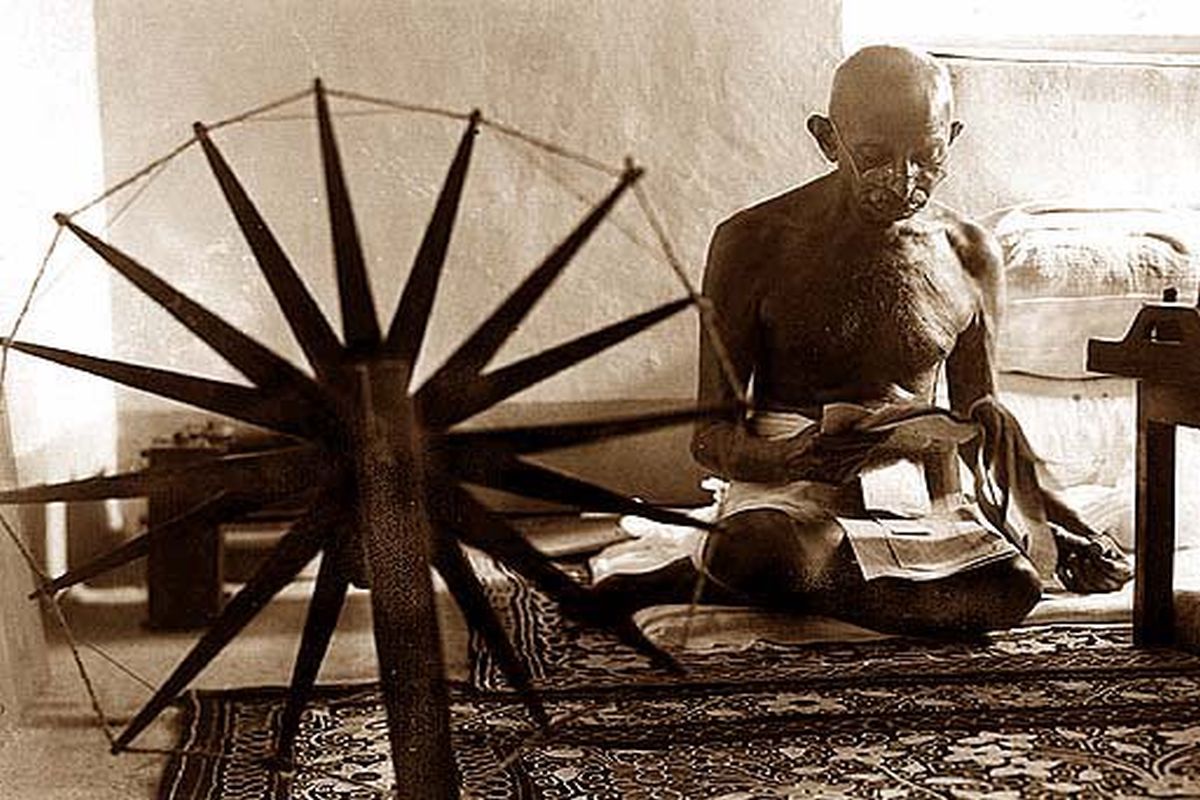The Mahatma Gandhi National Rural Employment Guarantee Scheme is poised for a major revamp in terms of wages, indeed the raison d’etre of work, guaranteed or otherwise.
Despite the fact that the rural economy is stuttering and the rural populace is on the cusp of poverty, there may be hope yet that the flagship scheme of the Congress-led United Progressive Alliance will benefit from the pump-priming that the BJP-led National Democratic Alliance has planned to effect.
Towards that end, wages under the Mahatma Gandhi NREGA Act will be linked to the updated inflation index, the base document that will be revised every year. This, it is hoped, will address what the Centre admits has been the “slowdown in the rural economy”, not to forget the widening rift between the affluent subsistence in the urban areas and the penury and privation in the rural belt.
The estimated ten per cent increase in expenditure ought not to be a deterrent; it is a truism of economics that a rise in income will at the end of the day boost the purchasing power and revive rural demand in a country that remains predominantly rural.
If the MGNREGS is to beat the inflation rate, the budgetary allocation will have to be increased from the Rs 60,000 crore for fiscal 2019-20.
Midway through the financial year, prudence would suggest that additional funds are released for public spending that ought theoretically to fulfil the Benthamite doctrine of the greatest good of the greatest number. Rural India cannot be expected to wallow in the mire much longer.
Linking wages to ballooning inflation cannot ipso facto stimulate demand. Not the least because what they call the “base pay rates” are known to vary from state to state. Further, they are below the market rates in several states, with little or no relation to the cost of living index.
Hence the assurance of the Ministry of Rural Development that the initiative on wages is “one of the demand side interventions that the government is carrying out” given the current scenario.
It is astonishing that the “consumption baskets” have not been updated for more than three decades, or more accurately long before the rural employment guarantee scheme was formulated by Prime Minister Manmohan Singh and his team.
The other issue that has impeded the effectiveness of the scheme is its coverage in terms of the population ~ a disparity that has differed from state to state even more than a decade after it was floated.
Even with existing wages, the scheme is said to be running out of funds due to the increased demand for work, caused by drought and floods.











